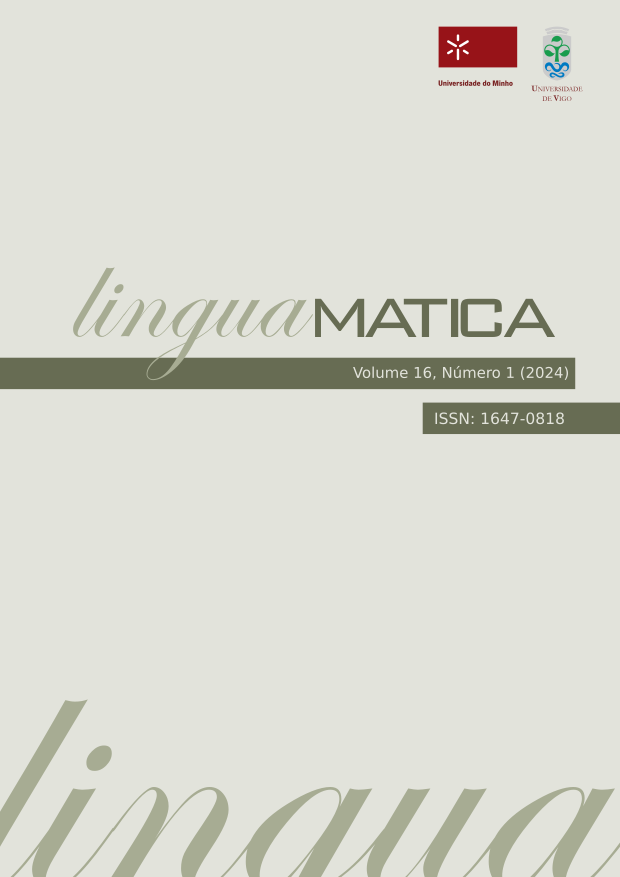Anaphoric Resolution in Machine Translation: the Case of Spanish and Catalan
Abstract
In the last decade, machine translation (MT) has increased its presence not only in the translation industry but also in society as a whole, in part due to the good results in quality produced by neural machine translation (NMT). Currently, large language models (LLMs) such as GPT (Generic Pre-trained Transformer) can generate text on endless topics, and also translate documents taking into account a larger context. Even so, for closely-related languages such as Spanish and Catalan rule-based machine translation (RBMT) is used daily to translate thousands of words.
This article studies how RBMT, NMT and GPT perform translating from Spanish into Catalan, two Romance languages with very similar structure in which RBMT systems have shown to perform well. We use a challenge test set focusing on anaphora resolution, specifically weak pronouns, a group of pronouns which do not have a direct correlation between the two languages. As RBMT models only take into account sentence level information, we only study intra-sentential appearances. The goal is to assess a complex syntactic phenomenon which can help understand which system translates better contextual information.
Results show the two GPT models tested are the ones with the less number of errors, followed by the NMT models. Even so, the number of errors in the model with the best results is 47\%, which does not correspond to general assessment results usually obtained for this language combination.
Copyright (c) 2024 Sergi Alvarez-Vidal

This work is licensed under a Creative Commons Attribution 4.0 International License.
Authors who publish with this journal agree to the following terms:
- Authors retain copyright and grant the journal right of first publication with the work simultaneously licensed under a Creative Commons Attribution License that allows others to share the work with an acknowledgement of the work's authorship and initial publication in this journal.
- Authors are able to enter into separate, additional contractual arrangements for the non-exclusive distribution of the journal's published version of the work (e.g., post it to an institutional repository or publish it in a book), with an acknowledgement of its initial publication in this journal.
- Authors are permitted and encouraged to post their work online (e.g., in institutional repositories or on their website) prior to and during the submission process, as it can lead to productive exchanges, as well as earlier and greater citation of published work (See The Effect of Open Access).













